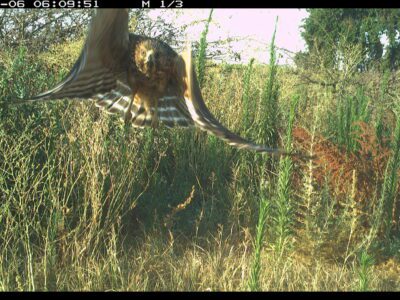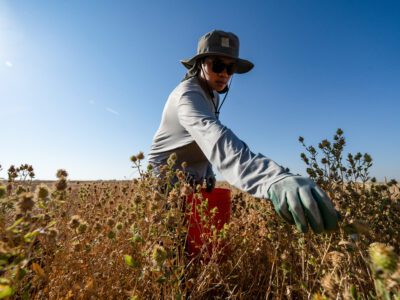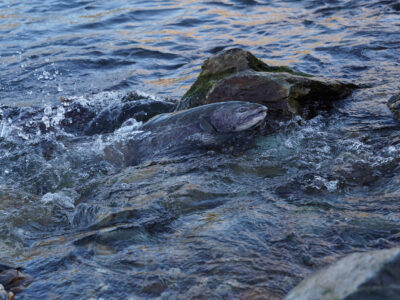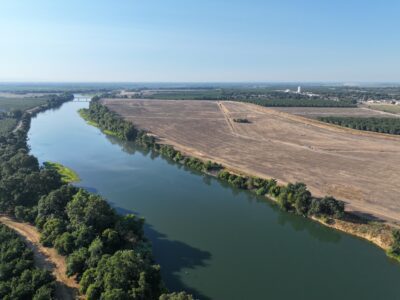Major flooding has occurred in California since time immemorial. Paleoclimate records of river sediments and indigenous oral traditions show a long record of superstorms and megafloods occurring about every 100-200 years.
However, more frequent and intense megastorms are coming, according to a recent study which takes climate change into account. The climate model known as “ARkStorm 2.0” predicts a series of storm events likely to cause much greater damage, disruption, and economic losses than previous major floods as global temperatures continue to climb.
If you’ve been reading the news this past month, none of this is new information. But, there’s a part of the story the media hasn’t covered, at least not yet, and it’s perhaps the most important part. For nearly a quarter-century, River Partners has demonstrated an effective natural solution that can boost flood safety to protect vulnerable communities: restoring floodplains.
Since 1998, River Partners has restored and reconnected nearly 20,000 acres of floodplains previously disconnected from river flows, and we have thousands more acres of shovel-ready projects in our pipeline.
Climate predictions about megafloods and megadroughts make it more important than ever that we give rivers more room to spread out and sink into the ground. Doing so not only significantly reduces the risk of flooding from more powerful floods. It also boosts supplies of precious fresh water for future dry years, ensuring communities, farmers, and groundwater dependent ecosystems can thrive.
Hear from River Partners President Julie Rentner about the floodplain solutions we can invest in today to boost California’s climate resiliency and navigate weather whiplash.
Megaflood Q&A with River Partners President Julie Rentner
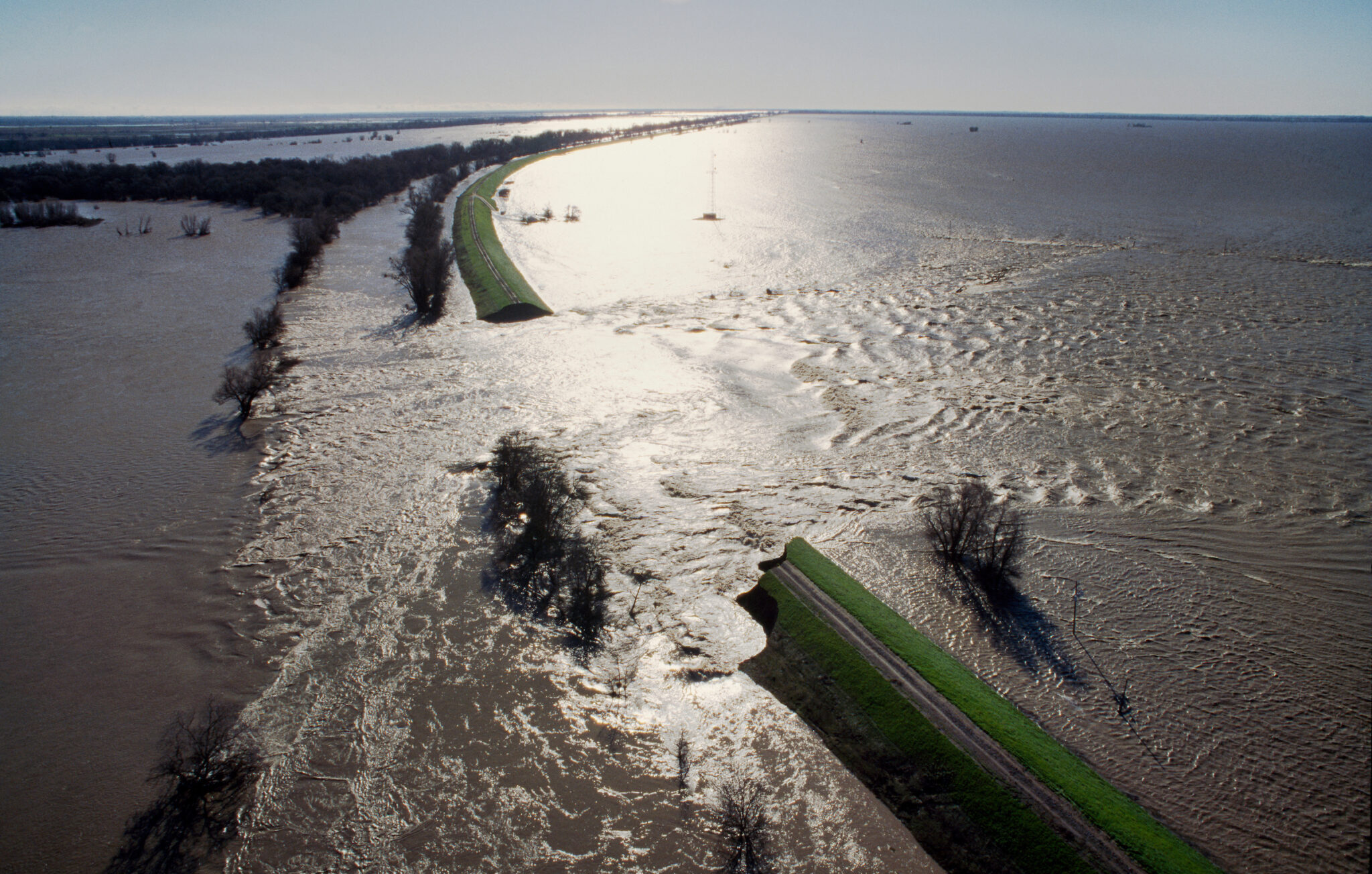
What is a megaflood and will it occur in our lifetimes?
Recently in the news, we saw the release of the first phase of ARkStorm 2.0, a big modeling effort to look at what happens if a series of atmospheric rivers hits California, rains down on the Sierra Nevada, and then floods this great Central Valley, making it into another inland sea like it once was.
We know now that this is being driven by our warming atmosphere. As our as our planet warms, our atmosphere is able to hold more moisture, increasing the intensity of rain events. So, the ARkStorm modeling takes a look at something that was at 100 to 200 year kind of flood event in California, and they’re suggesting that maybe it’ll be a 1 in 50 year event in the near future because of what’s happening in our atmosphere.
What kind of damage can a megaflood cause?
We’ve got a problem here in California which is that we built cities and towns right next to flood control levees on the banks of our rivers. And, we took away the rivers opportunity to spread across the landscape the way it naturally wants to. A flood that magnitude is going to test all of our infrastructure. It’ll probably challenge our dams and their stability in their position, let alone overtopping and what the channel downstream of those dams will do when they have to convey all of that water. It will challenge our levees. In fact, a lot of the levee systems in the Central Valley would be completely annihilated by a storm of that magnitude. So, the impacts of a megastorm or megaflood like what was modeled can’t be understated. Everyone will be affected.
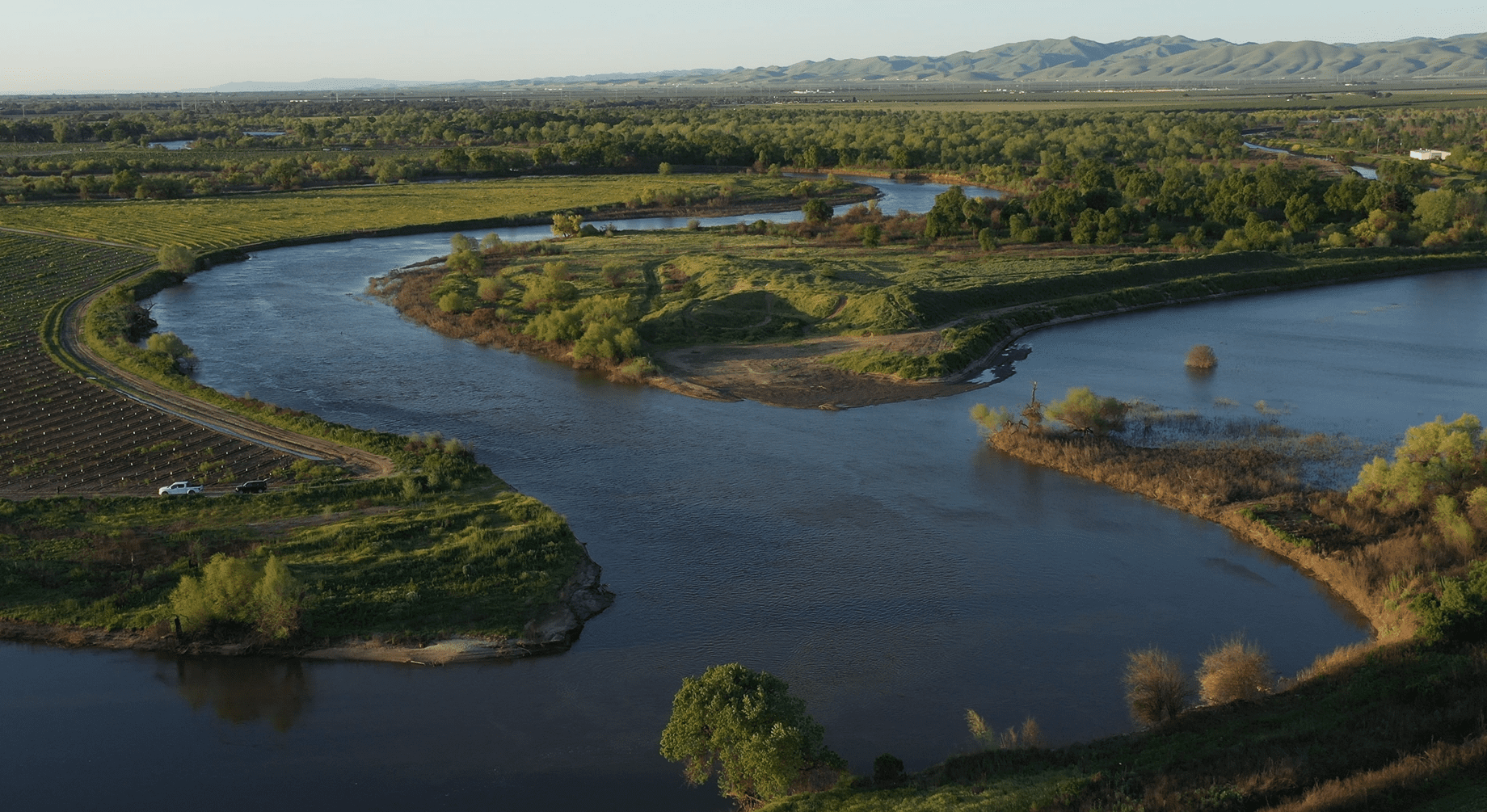
How do we build California’s climate resilience and protect our communities?
We have a demonstrated solution. River Partners has been working on it for a long time, with so many partners—with hundreds or even thousands of experts—trying to figure out exactly how we deliver a more flood-save Central Valley. We’re starting to realize that this river corridor and this floodplain that I’m standing on is not the hazard that we’re all fearful of. It’s actually the solution.
Today, River Partners has reconnected close to 20,000 acres of floodplains that had been previously disconnected from river overflows. And those are all demonstrations. Those are all places along the Sacramento River, the San Joaquin River, and the Feather River—and rivers in Southern California like the Otay River—where we’ve demonstrated what can happen when you get the river more space to spread out.
The results are important. The results should give us hope. At one of our projects, Dos Rios Ranch Preserve in the San Joaquin Valley, we’ve been able to reconnect nearly 2,000 acres of historic floodplain to river overbank flooding. We’ve seen it go through a couple high water events. What happened at Dos Rios Ranch is the rivers overbanked and they spread across miles of floodplain that had been reconnected. You could see a stage reduction for flooding downstream more than 10 miles. When you strategically place areas like that—overflow areas that are designated for flooding, and that actually are rejuvenated by that flooding instead of damaged by it—you can take the pressure off of communities downstream.
When we’re feeling really fearful about what the climate models say about how things are going to change in the future, I feel really strongly that if we can shift our focus a little bit and think about this river corridor and its floodplains as our big opportunity, then we have a marching orders. We know what we need to do next. We need to take some big action.
What level of support is there from public agencies for more floodplain restoration projects like Dos Rios Ranch Preserve?
We have some good news, which is that this is a singular moment, probably in the last three generations we haven’t had this. It’s incredible political alignment around a few no-regrets actions that we can take to make ourselves safer from things like the ARkStorm or the megaflood that we know is coming. The Governor’s Water Resiliency Portfolio and the California Climate Adaptation Strategy specifically describe that expanding floodplains—like we do at Dos Rios, like the demonstration projects that River Partners has and our whole portfolio work with all of our partner—that action its supported at the local level, at the state level, and at the federal level.
That means that with public investment in the right places we can do so much more. We can take a meaningful bite out of what is needed to restore the function of our river infrastructure. We can bring back the capacity of our rivers to safely convey water and to serve all the other purposes they serve across a healthy landscape, like water quality, filtration, groundwater recharge, fish and wildlife habitat, and of course, providing us beautiful places to relax, recreate, and enjoy our connection to this planet.

